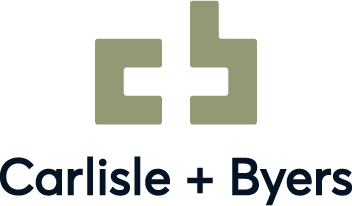
What car insurance policy is right for me?
Before comparing casualty vs. liability insurance, it’s important to understand that the insurance landscape is vast. There’s a policy for about anything you can imagine, and some you probably couldn’t. To top it off, you can get umbrella policies that cover everything and act as gap fillers.
Ok, cool. But this isn’t an insurance textbook nor a sales pitch for insurance. Instead, this is meant to be a primer in understanding when you may or may not be able to recover financially from a loss you suffered. For the purposes of this article, we’ll focus on personal injury and automotive insurance in Washington State.
Comparing car insurance: casualty vs. liability insurance
Liability insurance coverage
Liability insurance is for damage you cause to someone else’s person or property. You must carry liability insurance on your vehicle in Washington. The bare minimum is referred to as a 25/50 or 25/50/10 policy, which limits a $25,000 max payout per person for bodily injury or death, $50,000 max per incident for bodily injury or death, and $10,000 max for property damage.
For more resources on liability insurance coverage in Washington State, click to view the mandatory requirements on the Washington State Office of the Insurance Commissioner’s website.
Is minimum liability insurance enough for me?
On the flip side, if you’re injured, or your property is damaged in an accident that was someone else’s fault, these are the amounts you may be eligible to recover under the policy held by the at-fault driver. If those amounts do not satisfy the cost of damages you have suffered, you may be able to bring an action in court against the at-fault driver to “go after” their personal assets.
There are many problems to consider here because costs for medical and property often exceed those limits. Unfortunately, many people don’t have assets that can be attached to satisfy your damages. Litigating in court is also a lengthy and potentially costly process. There are timelines and procedures at play, and time is important. If you have been involved in an accident that wasn’t your fault and your damages exceed the insurance policy held by the person at fault, give us a call to discuss your options.
If you’re considering whether to carry the bare minimum liability insurance or pay a few bucks more for a better policy with higher limits, ask yourself these questions:
- How much stuff do I have?
- How badly do I want to keep it?
Again, we don’t sell insurance, and this isn’t a pitch, but usually, increases in policy limits aren’t all that costly — doubling your policy probably doesn’t mean doubling your premiums (payments). In fact, it’s usually not all that much more to carry enough coverage to cover your rear end in the event of an accident where you’re at fault.
Comprehensive casualty insurance
Let’s finish comparing casualty vs. liability insurance by discussing comprehensive casualty insurance. Did you suffer damage to your property that wasn’t someone else’s fault? Did grapefruit-sized hail pummel your ride? Did a well-hit baseball make it out of the park and into your windshield? These are times when comprehensive coverage can save the day. Most people know that comprehensive insurance is optional in Washington State. However, most lending institutions will require you to carry comprehensive coverage to get a vehicle loan.
Should I invest in casualty coverage?
The important thing about comprehensive insurance if you’re involved in an accident is that it generally does not cover losses suffered in that accident, whether it’s your fault or not. So, if someone else causes an accident that involves you or your property, their comprehensive coverage (if they have it) is not money you can recover.
There are many other policies, coverages, and plans to look for if you’re injured by someone else or in case you think it would be a good idea to protect your assets if the fault shoe is on the other foot (personal injury protection, umbrella policies, etc.). The two takeaways here are:
- Injured in an accident? Call a lawyer to maximize your recovery.
- Think about beefing up your policy limits so if you wind up causing someone else to suffer damages, their lawyers can’t get your stuff!
Don’t let an accident get the best of you
We hope this article helped you gain an understanding of casualty vs. liability insurance. As personal injury and workers’ compensation lawyers in Washington, Carlisle + Byers is here to help you through all your car accident legalities and more. To schedule a free consultation with us, click here.



